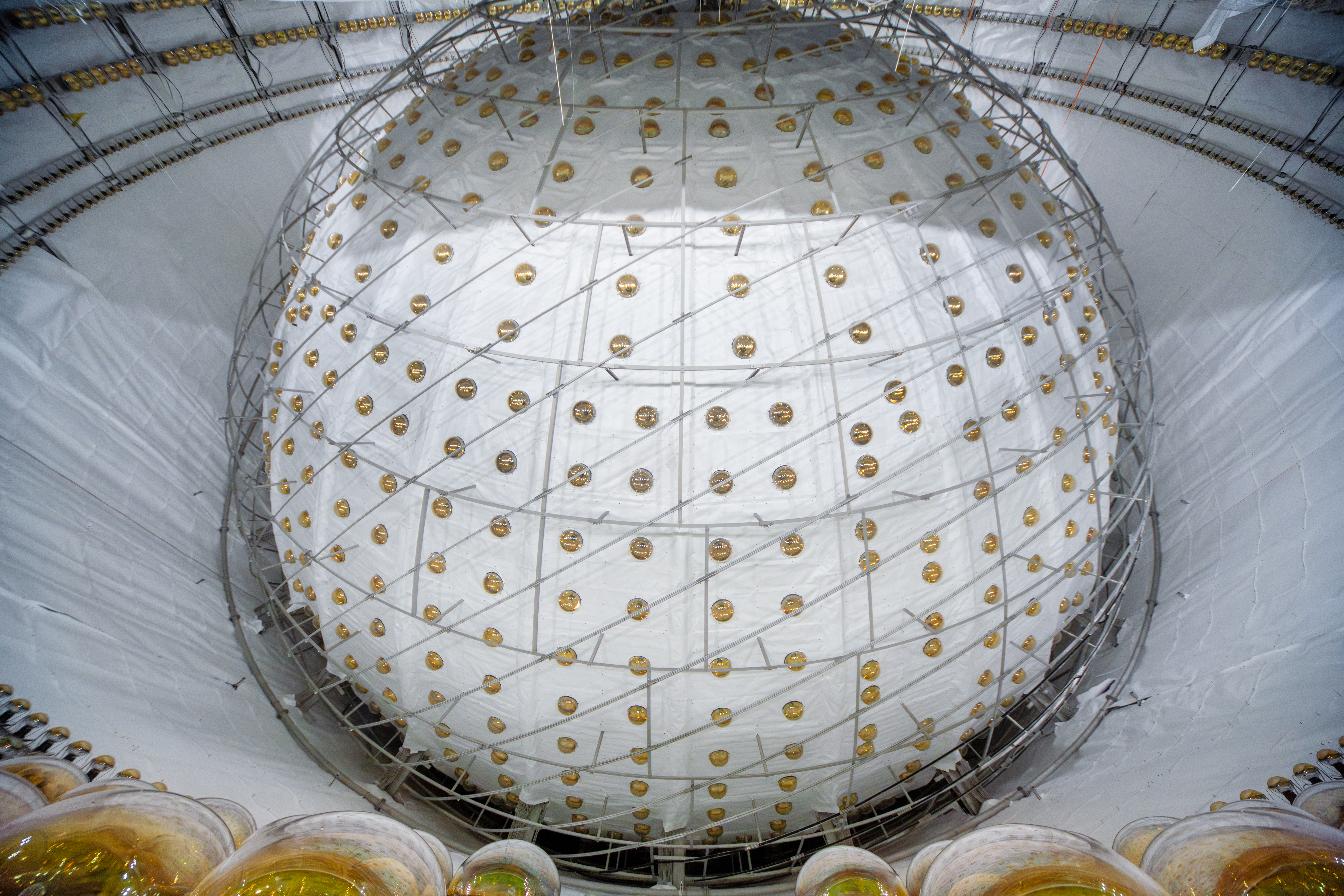Spectrum makes this seems a very positive way of "bringing power gaps", but the social consequences of living nearby multiple engines running 24/7 are terrible. This video describes a "town that elon musk is poisoning "
flango
joined 2 years ago
Thank you, it's very easy, I'll definitely try it
That's a good point. The internet collapse also helps this new age of " information capitalism" to spread even further: any information that you may seek will be behind a paywall or intermediate by an AI that you have to pay a subscription to access. In fact, that's the best case scenario for all these AI companies: to kill free and reliable information.
Recipe for the sweet potato pancake?
What animal is this?
More on this subject:
"We Went to the Town Elon Musk Is Poisoning"
"We Found the Hidden Cost of Data Centers. It's in Your Electric Bill"
Namibian genocide was the first genocide of the 20th century
She's like
(  ̄- ̄)
2004>>>>
And I am not frightened of dying,
any time will do, I don't mind
Why should I be frightened of dying?
There's no reason for it, you've gotta go sometime
The pinnacle of self control
208
When the government can see everything: How one company – Palantir – is mapping the nation’s data
(theconversation.com)
view more: next ›

Very cool